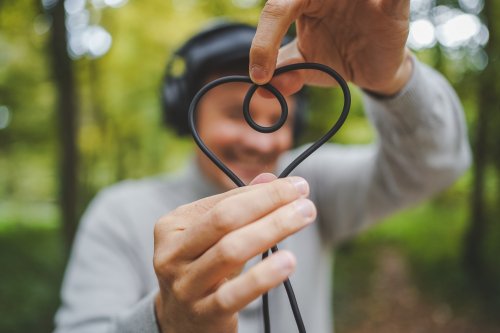Before the coronavirus, most voice-over artists visited professional voice studios for recordings. They relied on voice directors, voice producers and sound engineers to create and assemble the finished production.
With voice artists now needing to perform those roles themselves, voice-actors must understand and master each of these disciplines to deliver the same professional-level results that clients would expect from a top studio.
Modern technology and low internet pricing have made it easier than ever for wannabe voice artists to jump in. During lockdown many bona-fide professional voice artists took exactly this route in order to protect their livelihoods.
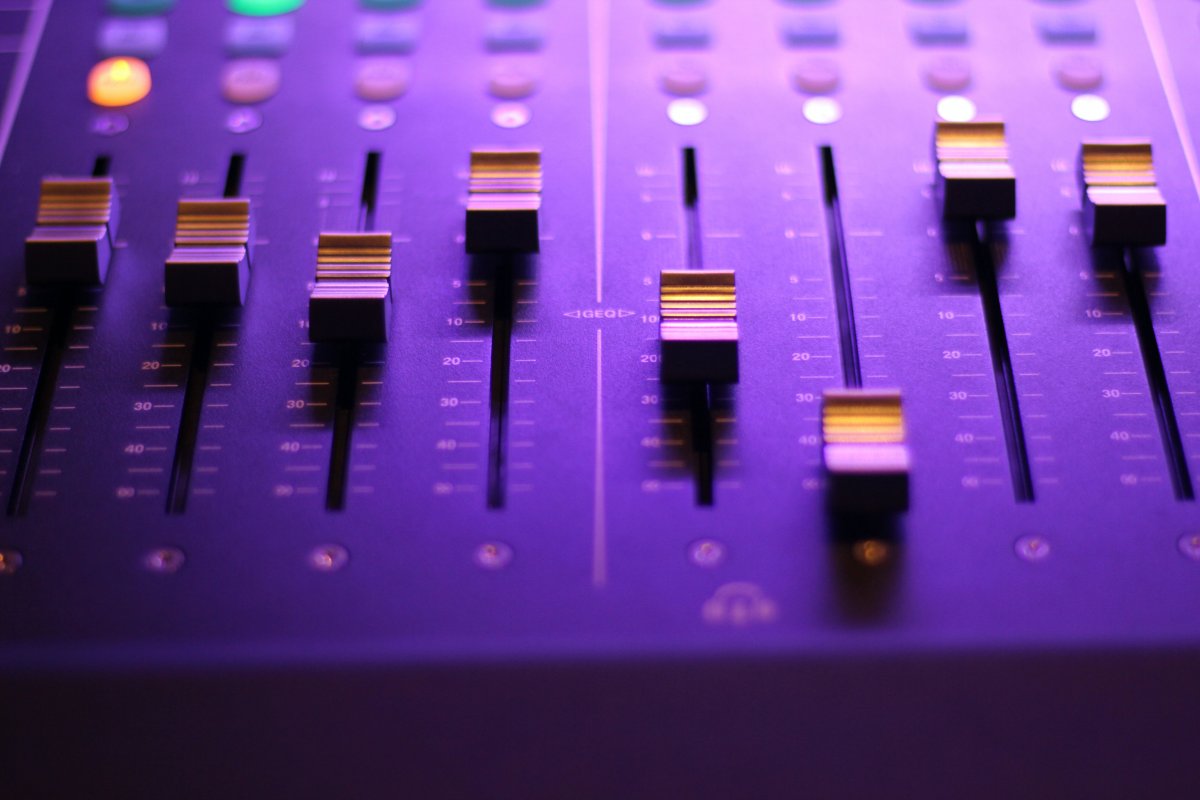
Unfortunately, many less experienced voice artists did exactly the same, as have stage and screen actors, and others, many of whom had never voiced professional recordings before.
Creating a low-noise studio, self-directing, editing, post-production and file management are just some of the specialist areas where inexperienced voice overs can easily make mistakes. This wastes clients time, costs them money and results in poor recordings.
Voicing the script is only one small part of any voice-over project.
This blog outlines the essential aspects of remote recording that content producers and video producers, production houses and clients must understand in order to place their voice-over work with confidence.
Whether you are creating an internal corporate video, an explainer, e-learning project, internet pre-roll or social media campaign, this blog will help you evaluate your chosen voice-overs’ ability to professionally deliver from a remote studio.
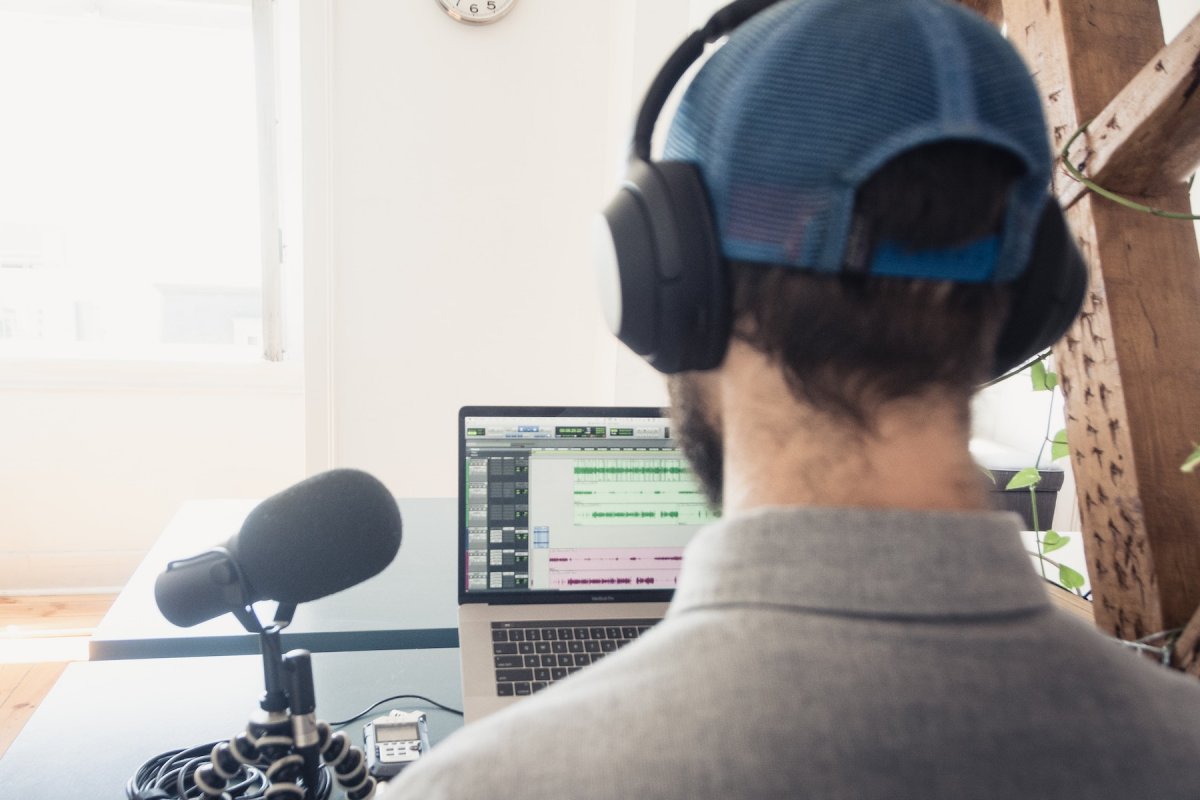
Why is remote recording a problem?
Here are some of the pitfalls and problems clients face when choosing voice artists that self-record:
- Voice overs with a poor understanding of how to set up a pro-studio will not be able to deliver high quality recordings.
- They will be unable to recognise or solve problems, leading to project delays and poor quality recordings.
- A limited understanding of sound-wave physics means studio sound will be below standard.
- Not all recording equipment is suitable for voice recording. An inexperienced VO will make rookie mistakes when making their equipment selections.
- Worse, they may not know how to use their equipment effectively to create the best possible recordings for their clients.
- Solo recording without a producer can be challenging for the inexperienced. This is easy to spot in the quality of their work.
- Voice actors who are not capable of self direction will always under-perform.
- The workload in remote sessions can go up dramatically, overwhelming an inexperienced VO.
- Editing and postproduction requires a nuanced touch, something that’s often beyond the inexperienced VO.
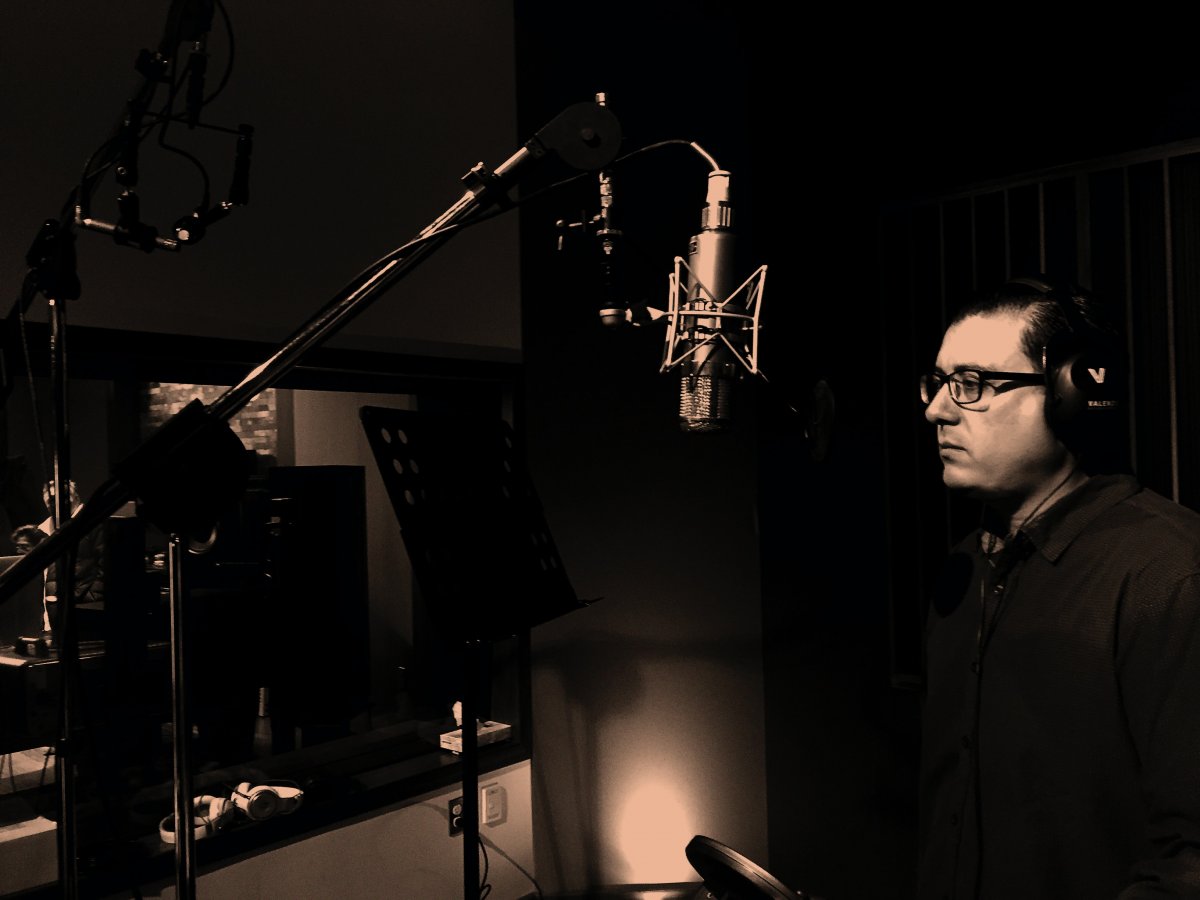
The remote recording voice studio
A home voice recording studio needs to achieve 3 key things. It needs to keep external sounds out of the recording space, stop sound reflections within the recording space and offer a constant and repeatable environment so the voice actor sounds the same in every recording.
Ask your voice-over about their studio equipment and set-up. Find out if their installation is permanent, (for example a voice booth), or set up and taken down between recordings.
Remember that permanent set-ups will be able to deliver a consistent, repeatable sound which could be vitally important if you're planning multiple recordings.
Within a long list of professional kit, you should expect the following essentials;
- Professional acoustic treatment
- A condenser microphone with a polar pattern specifically designed for voice
- A digital audio workstation (DAW)
- Professional sound recording and editing software
- A remote studio connection such as CleanFeed or SourceConnect
These points are explained more fully below, but please note, this list is not meant to be exhaustive or type specific. Nor is it intended to judge professional voice-overs who take a different approach. Instead, it is designed to emphasise the importance of carrying out appropriate due diligence when making your voice selection.

Acoustic treatment
A clear differentiator between a professional voice artist and a newbie is the sound of their recording space. Sound-waves bounce, creating echo, reflection, and reverberation. Rooms with lots of hard, parallel surfaces are the worst; just try singing in the shower one morning to find out just how bad your voice will sound.
Whilst every voice-over understands this in principle, only the experienced VO used to remote home recording, will have treated their space effectively to minimise reflection and create a clean, dead sound.
A good rule of thumb is to ask for a "clap test"
Ask your VO to record the sound of them clapping once inside their studio. A studio with good acoustic treatment will have very little reflection or reverb.
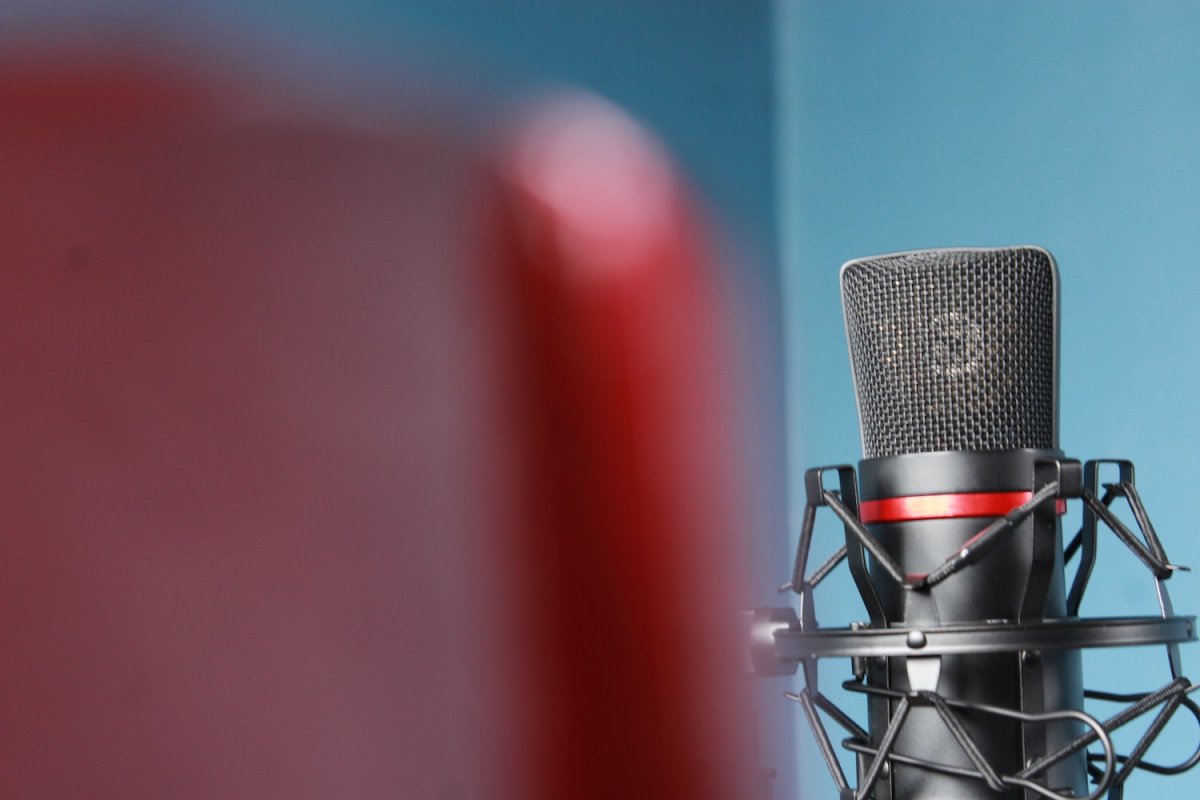
Microphone
This blog won’t examine the merits of every microphone, nor make a preference or recommendation.
However, it is important to recognise that whilst there are any number of microphones a professional voice-over could use, there are equally a great number they absolutely should not. Voice microphones, like every professional tool, are designed to excel in specific working situations.
So whilst you should not judge your voice over by how much they paid for their super-shiny ‘mine is bigger than yours’ microphone, do remember that quality counts. Also bear in mind that microphone technique i.e. the VO’s skill is just as important as the mic itself.
That said, USB microphones are best avoided. Simply due to the sometime temperamental nature of a USB plug and socket, they can cause crackles or interruptions during the record.
Equally, your VO should understand the difference between a dynamic and a condenser microphone. Dynamics mics are better for capturing drums or vocals in a live setting. Large diaphragm condenser microphones, on the other hand, are used to capture more delicate sounds and higher frequencies, especially when matched with a polar or cardioid pickup pattern.
Naturally, it's a condenser microphone you should expect your voice-over to have.

Noise Floor
A great way to check your voice over's capabilities is to have them specify the noise floor in their studio. The noise floor is the ambient noise level recorded in their empty studio, measured in decibels. The lower the number, the better.
Achieving a low number is relatively straightforward, providing the VO understand the basics of sound-wave physics and is able to apply suitable sound protection to their booth.
So the real test here is not so much to find out how low their sound floor is (though that would be great), but to determine whether your voice-over even understands the concept.
This is especially true when post-processing as even low noise floors can be raised to unacceptable levels through inexperience and lack of knowledge.
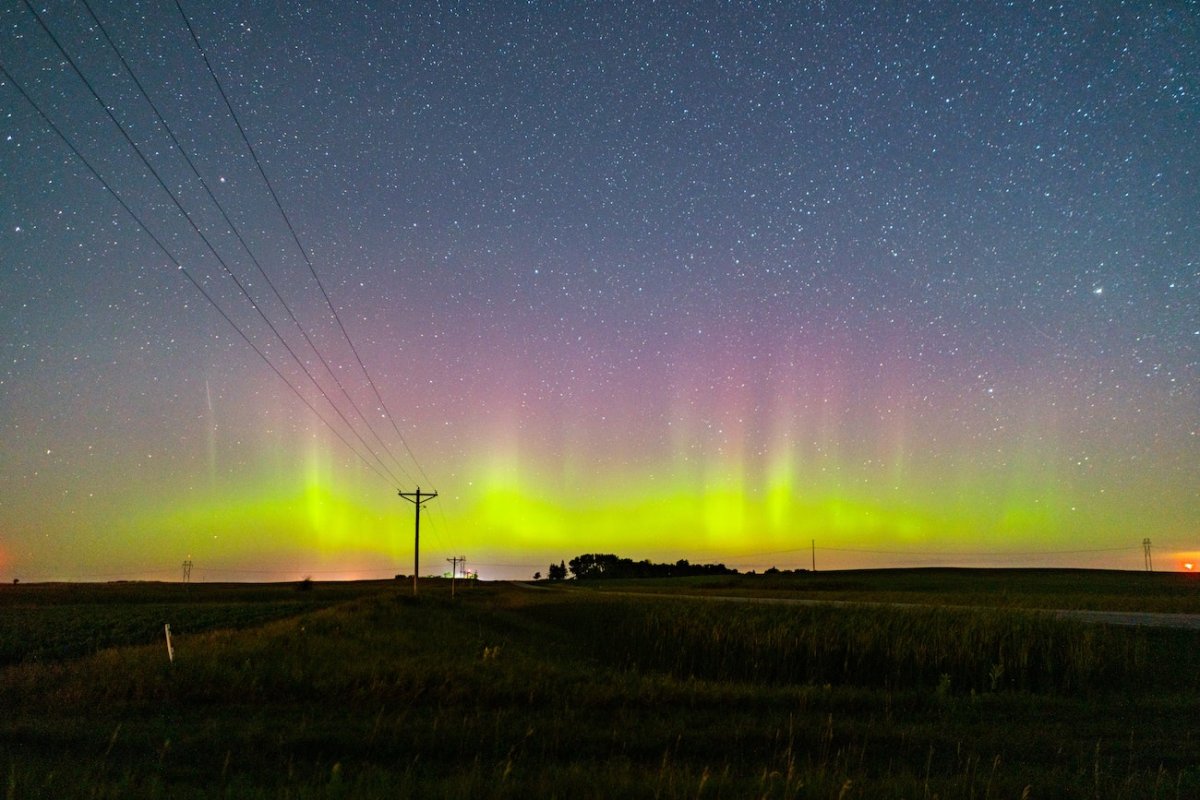
Remote connection
The need for remote studio connections have become more important than ever as a result of the pandemic. In the pre-covid era it was quite normal for clients, producers, engineers and voice artists to rendezvous in a convenient studio. Lockdown has prevented that, but luckily high-speed internet has come to the rescue.
Check with your voice-over to find out what remote connections he has into his studio. There are many industry-standard methods available for voice over which all provide secure, reliable connectivity. CleanFeed and Source Connect are just two examples.
It’s also possible to use Zoom, Skype, FaceTime and other platforms, though these are less reliable.
Ask your voice-over for his experience and preference. If you're met with the response "oh, I've never used that before”, you may be working with a less-experienced VO.
Whilst this should not be a ‘deal-breaker’, please remember that remote recording sessions involve many more moving parts which can interrupt ease and flow of a home-recorded session. Voices new to remote connections might not be able to handle the additional workflow and their voicing skills may suffer as a result.
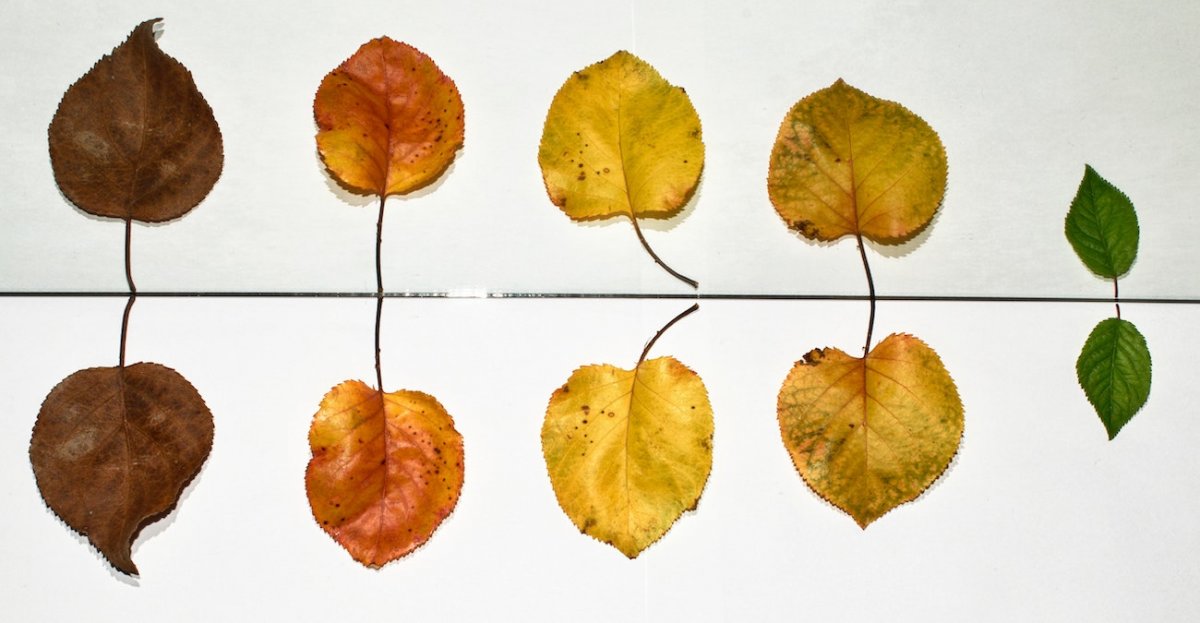
Conclusion
Choosing a voice actor who excels at remote recording is a natural part of the due diligence required when booking a voice actor. No matter whether you are creating a corporate video, a medical explainer, an e-learning project, or a high-profile social media campaign, it’s only right that your project is delivered promptly, according to an established brief and at the highest professional standard.
Anything less will not just be inferior and below reasonable expectations, it could also require time money and effort to put right. Irrespective of budget, quality counts.
A voice-over not used to working remotely might just let you down.
All of the issues and potential problems identified in this blog can easily be overcome through discussion and dialogue in advance, but it is up to the commissioning editor – i.e. you – to make that determination at the outset. In some sense, you might only have yourself to blame!
In part two of this blog, we’ll take a look at your chosen VO’s capability. Until then, and good luck with your next VO project.
